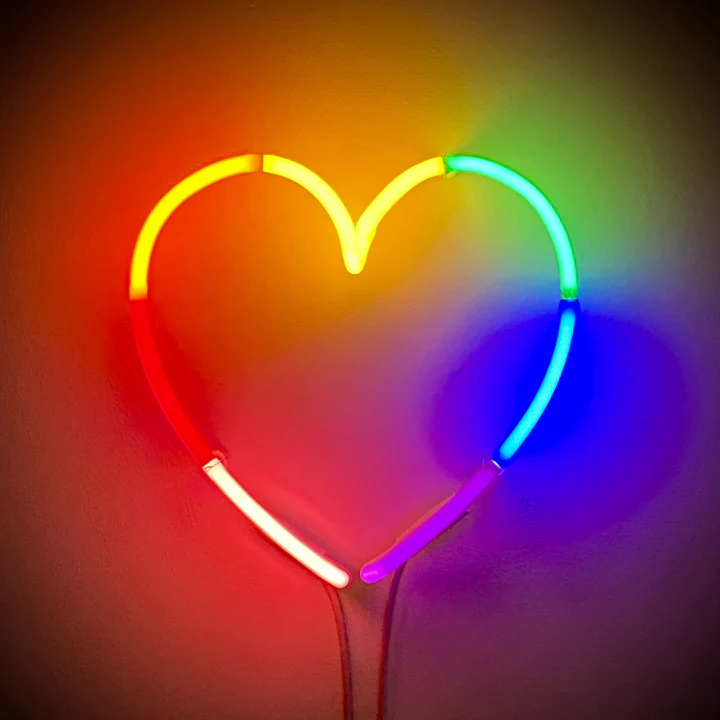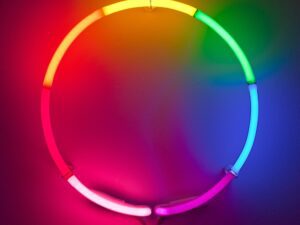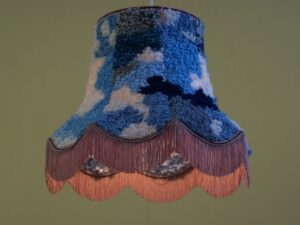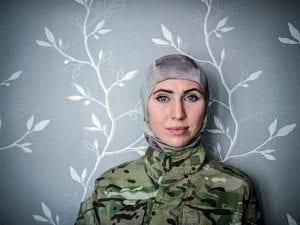Husband and wife duo Rob and Nick Carter have been collaborating for more than 20 years. Their work examines the boundaries between analogue and digital, employing a range of mediums including camera-less photography, painting, installation, neon, sculpture and time-based media. The pair share a singular creative aim across their diverse and multifaceted oeuvre: to use technology to reimagine the canon. In their hands, the Dutch masters are brought to life in moving image works, paint slowly drips with the help of AI and beloved artists are made luminous. Now, a new exhibition brings together several neon-based series by the Carters. Neon Light Works, presented as part of Connaught Village Art Month, features text-based pieces from series Language of Colour; reimagined historical forms like Dancer II, a glowing line drawing inspired by Andy Warhol; as well as works influenced by colour theory and optical illusions, including tributes to Josef Albers and the Poggendorff Illusion. Together, these pieces reflect the artists’ ongoing interest in the intersection of light, perception and contemporary reinterpretation. Aesthetica spoke to the Carters about their career, new show and how they’re using technology to expand the canon.
A: Tell us where your journey into the art world started?
R&NC: Our paths converged from different angles — Rob came through photography, Nick through painting and art history. Early on, Nick experimented with painting directly onto Rob’s photographic prints in the darkroom. That simple act of layering one medium over another became a seed for everything that followed: combining the hand-made and mechanical, the historical and contemporary. From there, our journey has been about asking what happens when traditional processes meet new technologies.
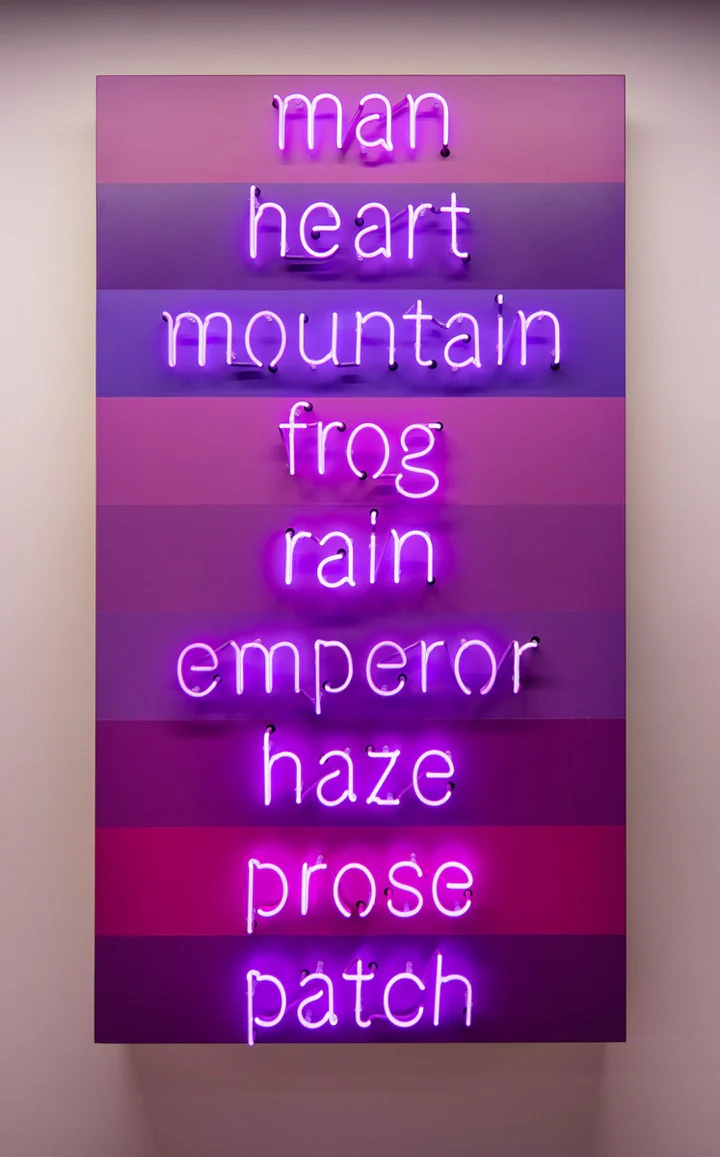
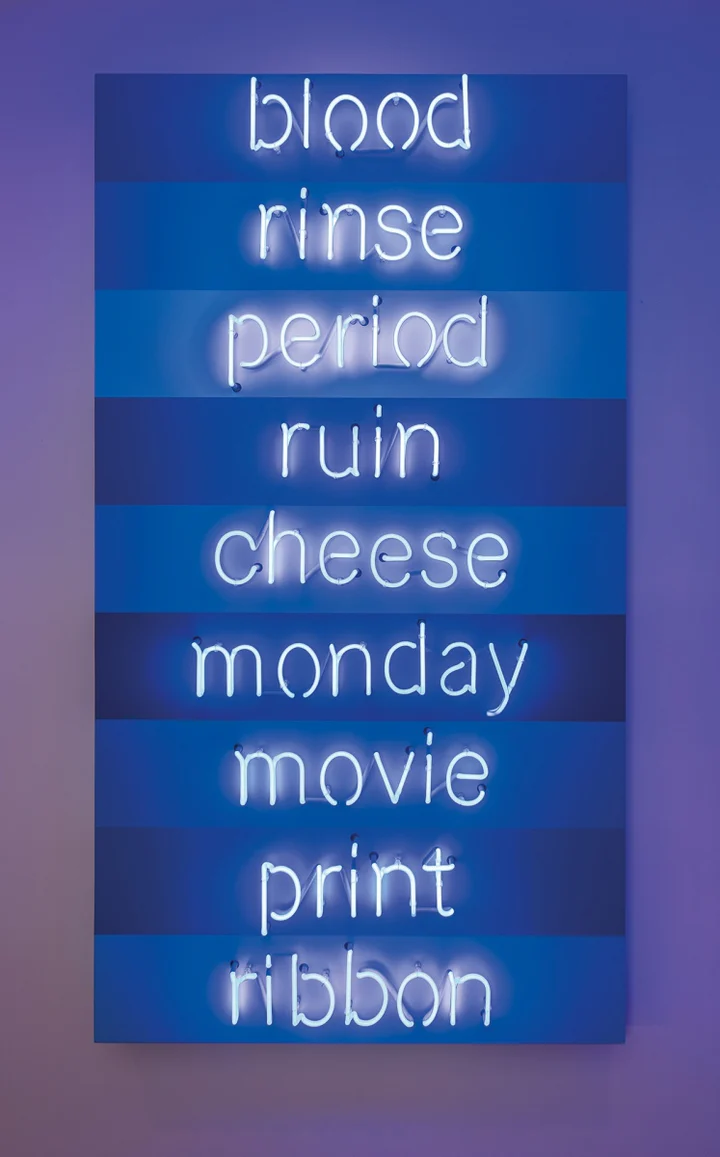
A: You’ve been working together for over 20 years – how has your partnership evolved over time?
R&NC: Collaboration is the heart of our practice, and after two decades it’s become almost instinctive. In the beginning, we divided roles more, but over time, those boundaries blurred. Now we both move fluidly between ideas, mediums and execution. Trust has been key.
A: Your work explores the meeting point between analogue and digital. Why is this space of interest?
R&NC: We’ve always been fascinated by moments of transition. Photography itself is a hybrid medium – mechanical yet alchemical. Digital tools offered another kind of transition, one that could extend time, movement and scale. What attracted us was the tension: analogue processes give you tactility, unpredictability and presence, while digital processes give you control, repetition and infinite possibility. Together, they create something richer than either alone.
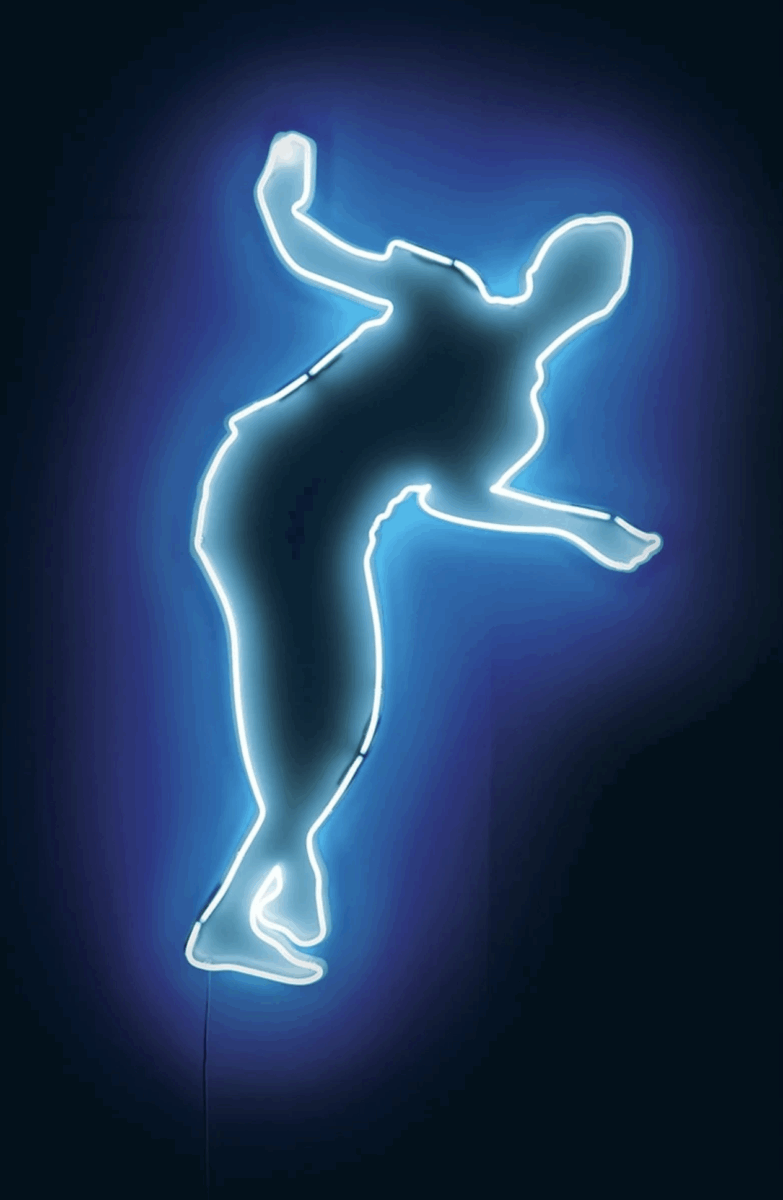
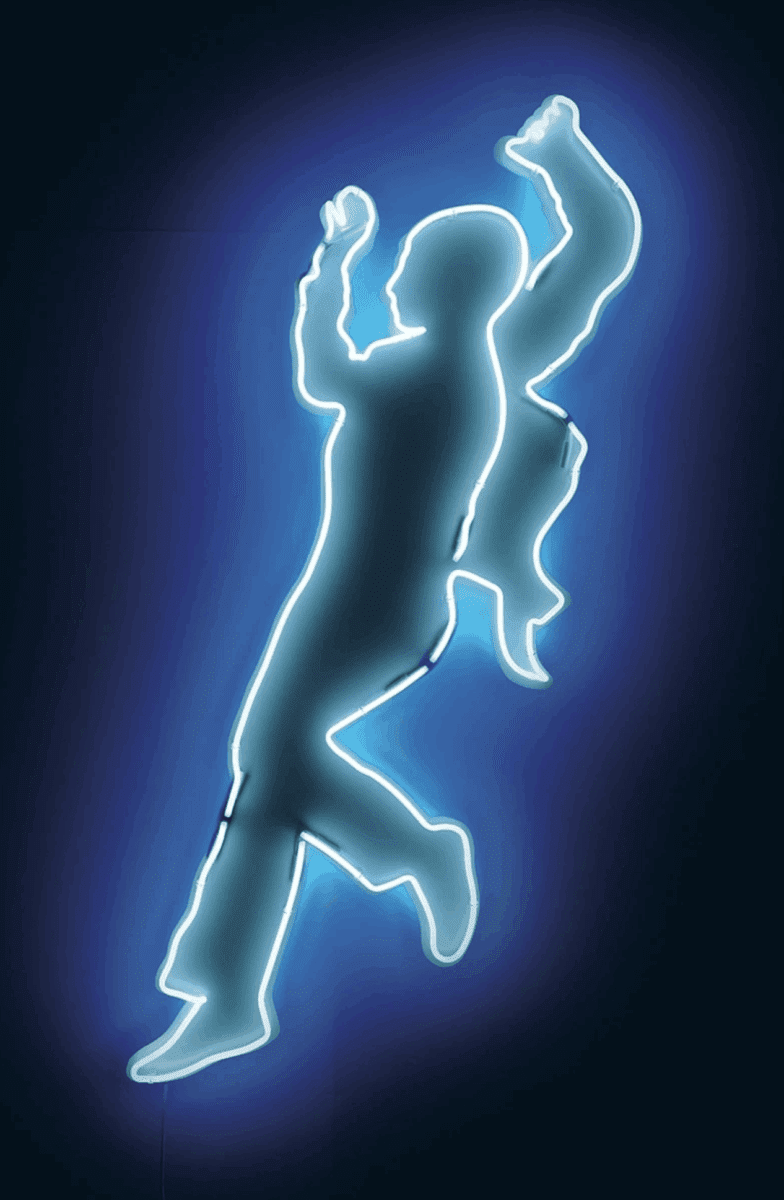
A: How do you use technology to reimagine and expand historical processes?
R&NC: Art history is our starting point – still life, landscape, portraiture. We ask: how might these works function today? For instance, the Transforming series animates Dutch Golden Age paintings into moving images, inviting viewers to spend hours with works that were once glimpsed in seconds. We’ve also used robotics to reintroduce gesture into digital work – teaching a robot to paint by hand, brushstroke by brushstroke. For us, technology is a tool to extend, not erase, history.
A: Let’s talk about your new show Neon Light Works. Where did the idea come from?
R&NC: The exhibition grew out of our long-standing fascination with light as both subject and material. We’ve always been interested in how colour and perception can shift through illumination — how light changes the way we experience form. Neon offered us a new language to explore that. The show brings together works inspired by colour theory, optical illusion, and art history – from text-based pieces like Language of Colour to reimagined forms such as Dancer II, after Warhol. It’s a continuation of our dialogue between analogue and digital, but through a medium that feels timeless and immediate.
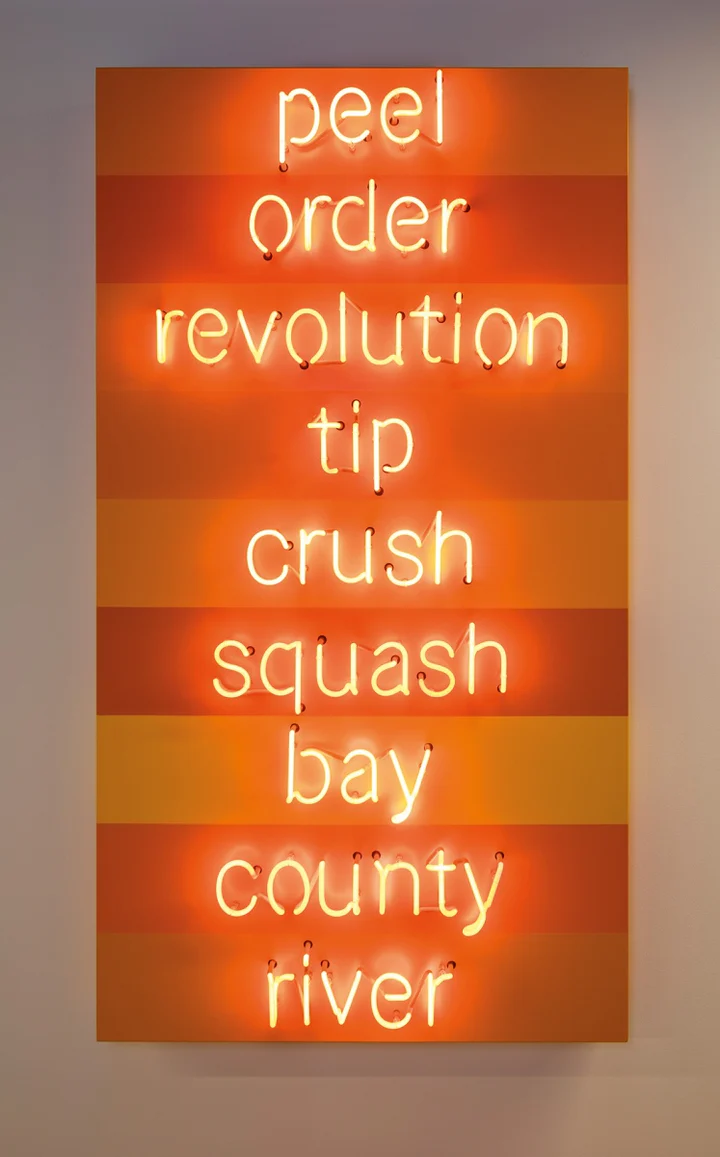
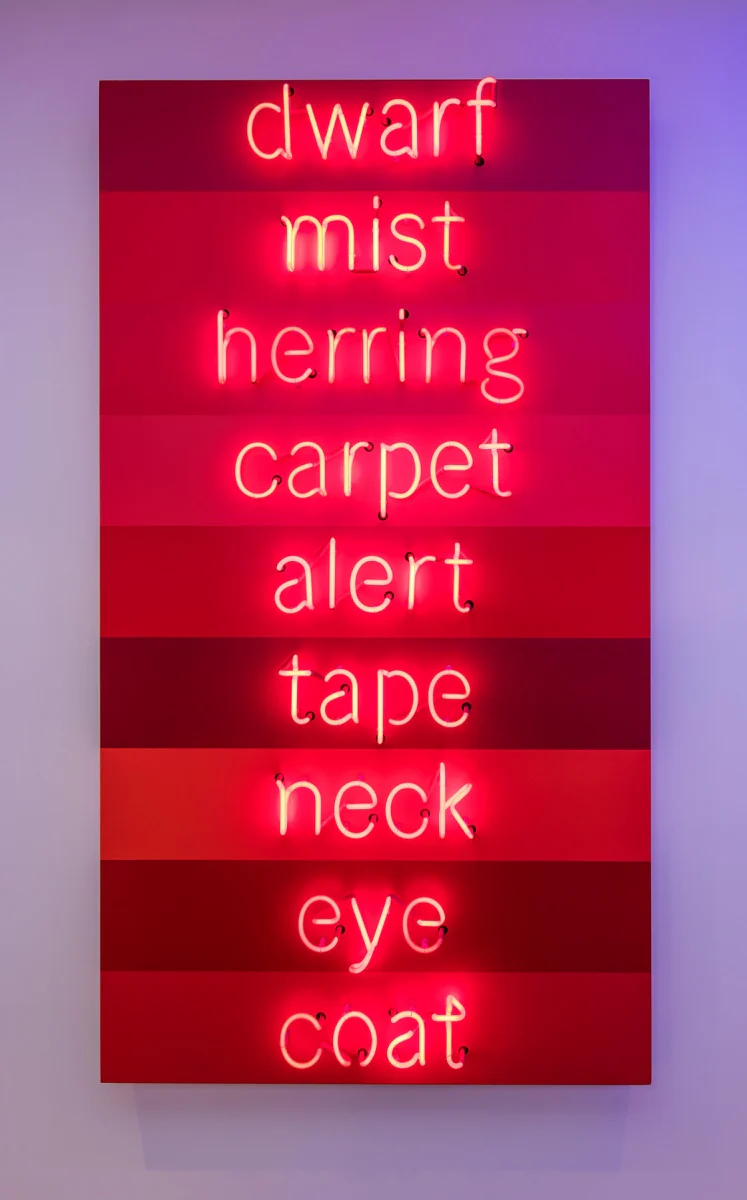
A: Your Neon Light Works series is on display as part of Connaught Village Art Month. What does it mean to be part of this month-long celebration of art and culture?
R&NC: Our Neon Light Works explore light, perception, and colour – themes that resonate beautifully in this public setting. Showing these works beyond the studio allows them to interact directly with the architecture and atmosphere of the village, creating moments of discovery and reflection in everyday spaces. It’s rewarding to see how people encounter them unexpectedly, especially within such a supportive and art-focused community.
A: As technology continues to evolve rapidly, how do you see your practice adapting or responding?
R&NC: Adaptation is central to our practice — we’ve always been drawn to the newest tools, but only insofar as they serve the idea. Looking ahead, we expect to keep exploring AI and generative systems, but also to return to older techniques, analogue photography, or even hand painting, and see how they speak to one another. The goal isn’t to chase technology for its own sake, but to keep asking how art can help us see differently in a rapidly changing world.
Neon Light Works is at RNat5A 16 October – 9 January 2026: connaught-village.co.uk
Words: Emma Jacob & Rob and Nick Carter
Image Credits:
1. Rob and Nick Carter, Spectrum Neon Circle, 2021.
2. Rob and Nick Carter, Language of Colour, Purple, 2017.
3. Rob and Nick Carter, Language of Colour, Blue, 2017.
4. Rob and Nick Carter, Dancer I, Neon Line Drawing after Andy Warhol (c.1953) 2013.
5. Rob and Nick Carter, Dancer II, Neon Line Drawing after Andy Warhol (c.1953) 2013.
6. Rob and Nick Carter, Language of Colour, Orange, 2017.
7. Rob and Nick Carter, Language of Colour, Red, 2017.


